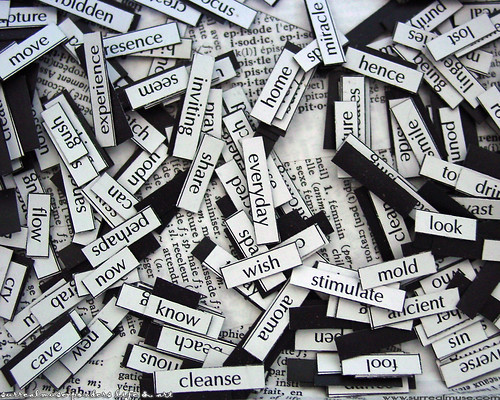The latest activity in the Edublog Teachers Challenge is to consider our blog readers (that would be you, by the way — we were talking about you. We only said nice things). It’s easy to get wrapped up in the writing sometimes and forget that there are readers out there (have I mentioned how nice you look in that shirt today?) who read and sometimes write (make sure you keep a smile on today, even if it gets rough) at our blogs. We’re partners, often — the writers and the readers (so thank you for visiting).
I woke this morning thinking of this idea of visitors here (again, that would be you and don’t worry, the dream was purely platonic) and how nice it really is that anyone spends time to write with me. I do write for myself — I would write even if this blog were unplugged — but there is something nice knowing that there are a handful of folks who wonder what I am up (sorry if my wandering brain gets you dizzy, reader. It’s the writer in me).
So, I wrote you a poem, dear reader. I wrote you a poem to thank you for being on this journey with me (here, have a cup of coffee and a muffin and stay for a minute) and to show some appreciation for your end of this conversation (sometimes, you are silent, thinking, but that’s OK — I’m like that too, sometimes, on my own journeys).
Thank you.
Writing the Book of Our Times
(listen to the podcast)
Imagine my surprise in finding you
arriving here, so unexpected,
bundled up against the flow of ceaseless information,
seeking a place to land as temporary shelter,
seeking out a conversation.Come in, dear reader,
and share this fire with me;
I’m tossing sparks into the flames
in hopeful optimism that change is afoot
out there —
it’s something we can feel, if not always see,
and it needs to be named.
I need your help, so perhaps your arrival is fortuitous,
a breath of air on the embers.Ignore the rapping on the basement door.
I’ve locked up the Spam King and all of his cronies
trying to sell me their trinkets and lies
while scraping my blog for ideas —
they are thieves and scoundrels,
and I am sorry
if you have ever found yourself in their company.
Dear reader, you deserve better.Take off your coat and grab an idea;
Feed the fire with me,
and tell me a story of your journeys
as I will tell you of mine;
Combined, we’ll write the book of our times.
Peace (in the poems),
Kevin





